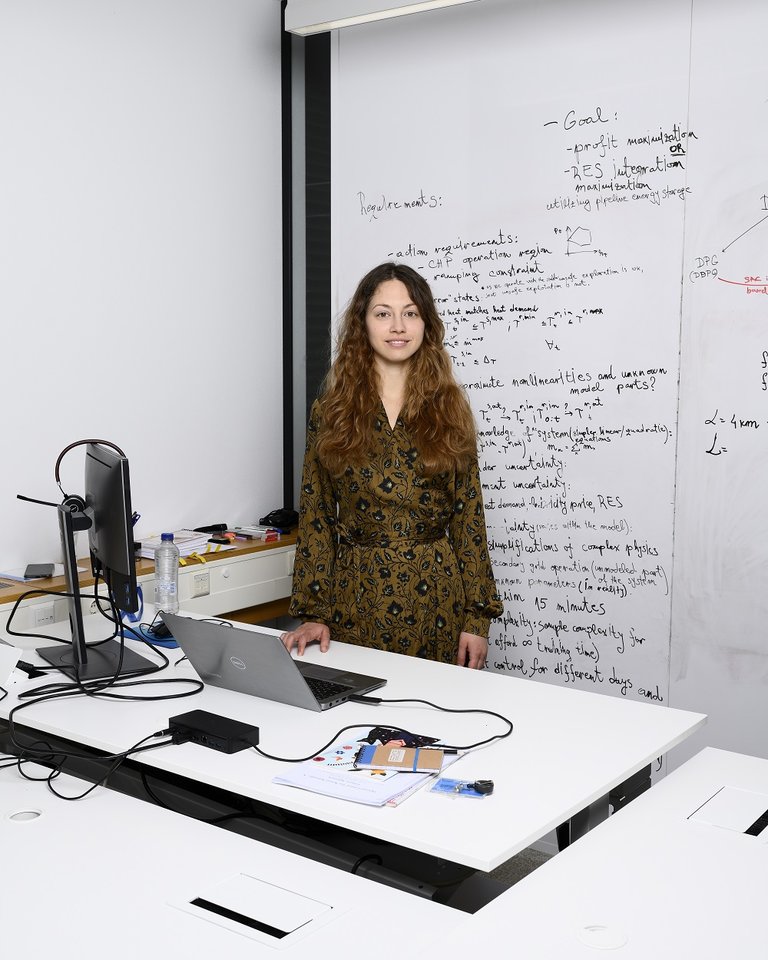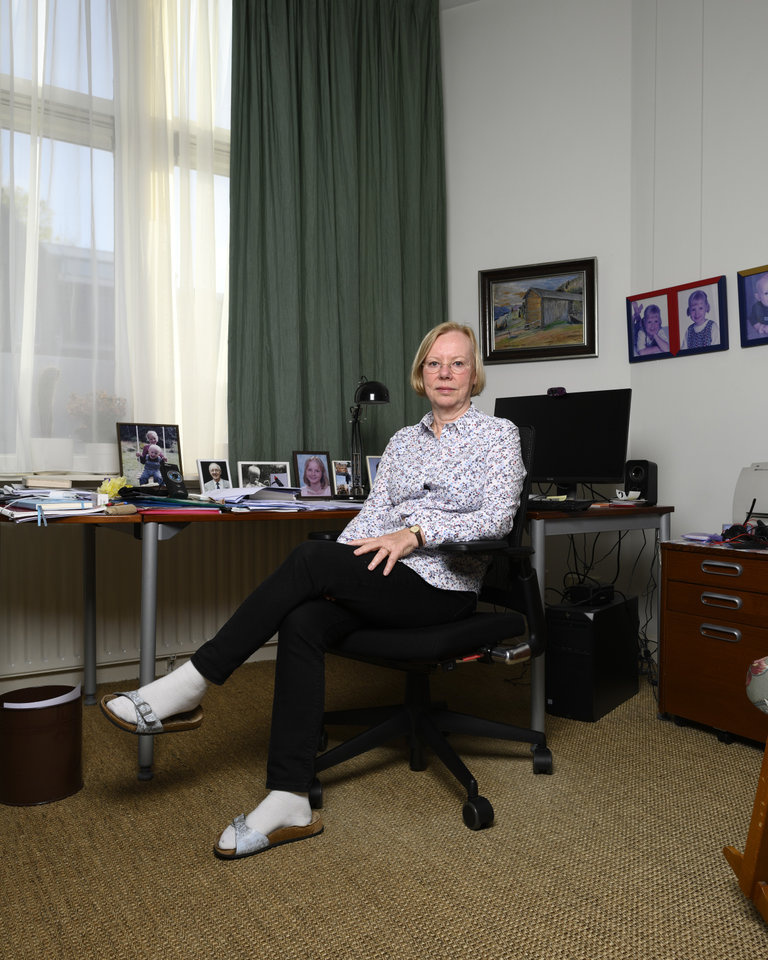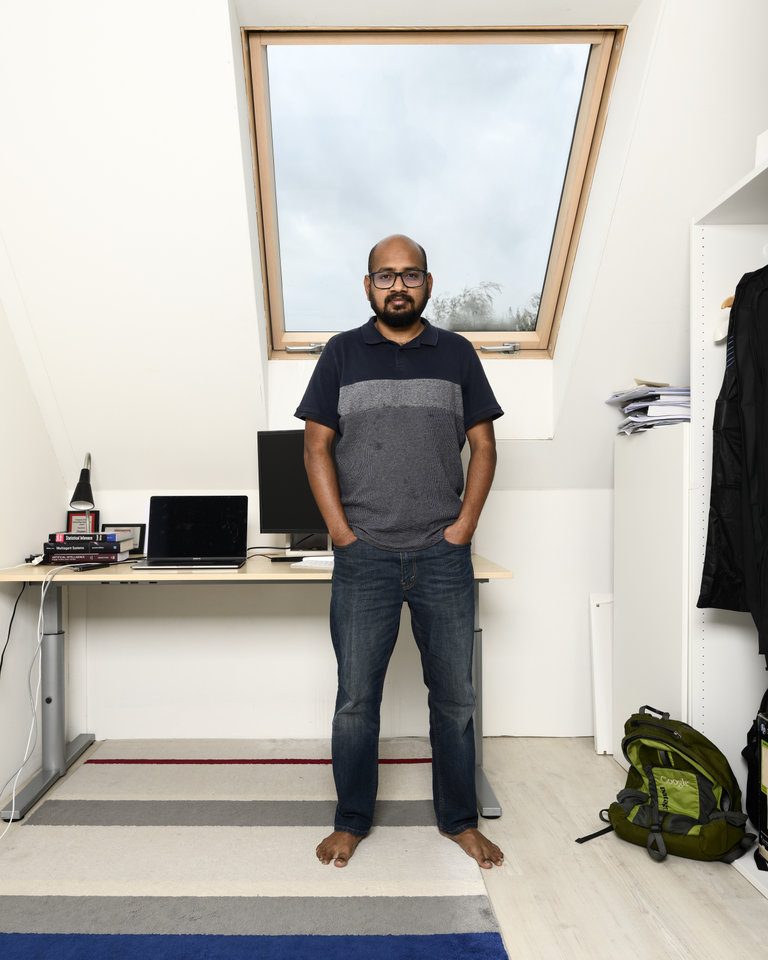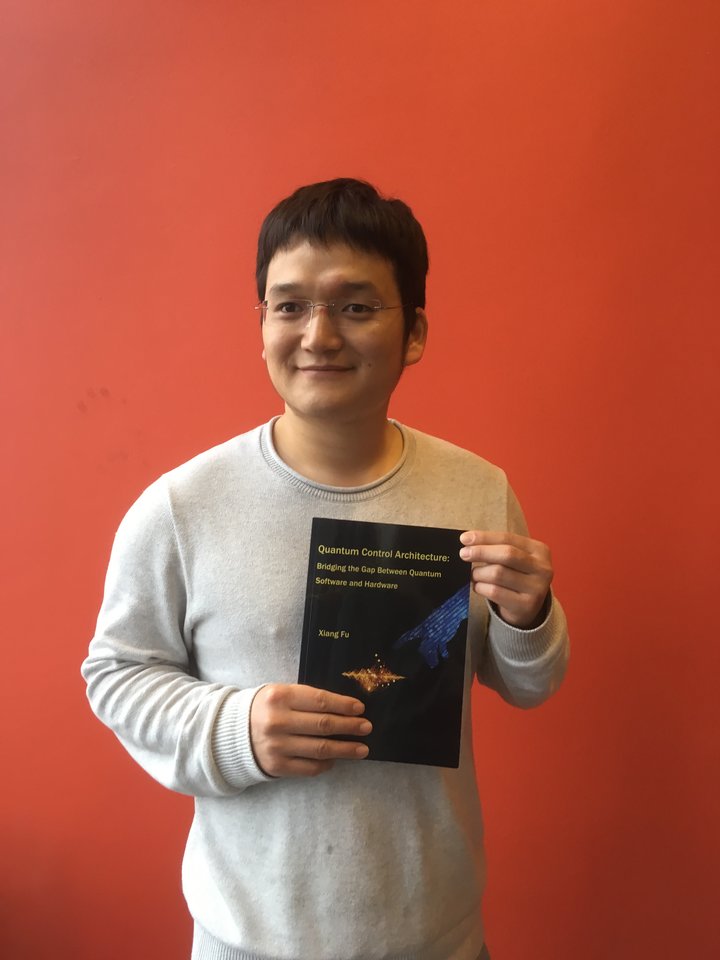When I was checking if the ink was transformed to silicon, by using the Excimer Laser, I held my breath, it was there!
When Miki was working on his master's Micro-Electronics, he was given the chance to do an internship during the summer holidays in Japan, at Tokyo University. There was a group doing research on organic inks for flexible chips and Miki joined. When he returned from his internship, Ryoichi Ishihara asked Miki to do research on flexible silicon electronics. It was still at its infancy, so it was a great challenge. For example, how do you make a silicon layer from an ink? And how do you modify this ink at a low temperature, so you can use it on paper? It was a complex puzzle, but Miki kept on going. A special kind of laser, the Excimer Laser, turned out to be the solution. Miki promoted with distinction, that was the icing on the cake!
About Miki his research
Flexible electronics gained a lot of interest in the past few years, with applications ranging from displays to wearable electronics. As opposed to conventional rigid microelectronics where silicon is used as a crucial semiconducting component, research on flexible electronics has mainly focused on alternative materials. These alternatives are processed at lower temperatures and could therefore easily be built on flexible substrates that have limited thermal budgets. These materials however have a much lower performance compared to silicon so can only be used in electronics with very simple functionality.
In this work, we show for the first time that flexible silicon transistors can be realized by employing a silicon ink. Transistors, which are the building blocks for more complicated electronics, are successfully fabricated on top of a paper substrate. Paper is a challenging, but a very interesting substrate because of its extreme low-cost and biodegradability. This allows new applications to arise where the electronic performance of silicon permits more complicated circuitry to be built at an extremely low-cost. Applications include biodegradable medical sensors, smart food packaging, wearable electronics, and flexible displays, among others.
Read his paper ‘Solution-based polycrystalline silicon transistors produced on a paper substrate’ in Nature Partner Journal: Flexible Electronics.
For more information about this topic, you can also read the Nodes article ‘Cheap and environmental friendly silicon chips printed on paper’.























